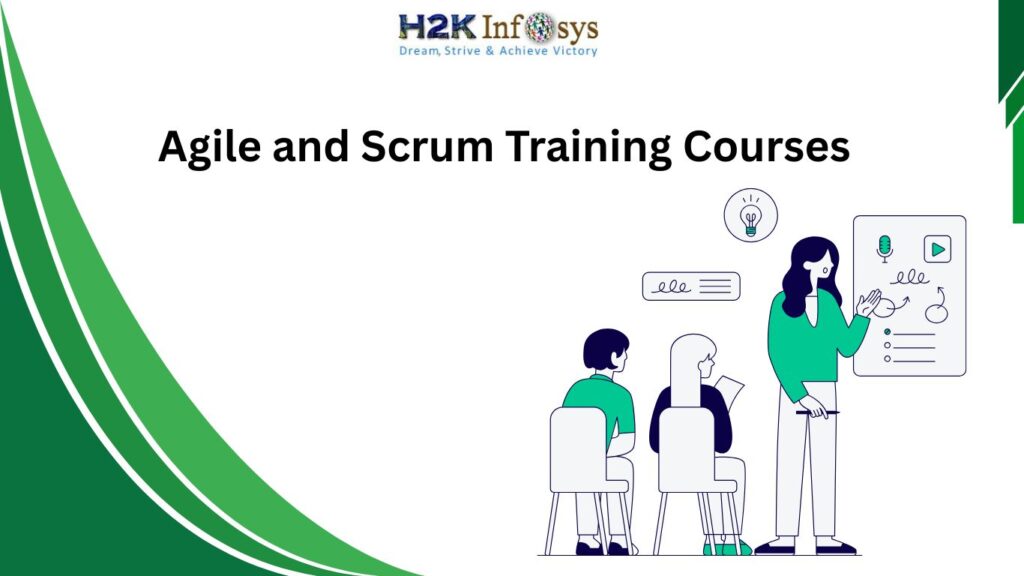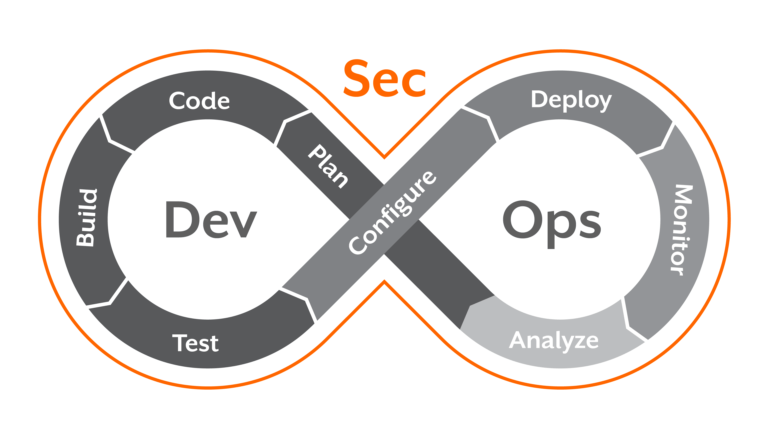As cloud computing continues to dominate the tech landscape, proficiency in AWS has become a sought-after skill for IT professionals. Whether you’re looking to enhance your expertise or prepare for career advancement, understanding AWS’s core concepts and services is crucial. This guide provides a comprehensive overview of essential AWS topics to help professionals navigate the cloud ecosystem confidently.
Understanding AWS Fundamentals
AWS (Amazon Web Services) offers a vast array of cloud services, enabling businesses to operate more efficiently and cost-effectively. It’s a comprehensive platform that includes computing power, storage, and databases, all available on a pay-as-you-go basis.
Cloud Computing Models in AWS
Cloud computing can be categorized into three primary models:
- Infrastructure as a Service (IaaS): Supplies virtualized hardware resources, enabling users to manage and control computing infrastructure.
- Platform as a Service (PaaS): Offers a development environment that allows developers to create, deploy, and manage applications without managing the underlying infrastructure.
- Software as a Service (SaaS): Delivers software applications over the internet, typically through a subscription model.
Diving into Amazon EC2
Amazon EC2 (Elastic Compute Cloud) is an online service that provides scalable computing power in the cloud, allowing users to adjust their resources based on their needs. It allows users to run virtual servers, called instances, with various configurations and operating systems.
EC2 Instance Types and Use Cases
AWS offers different types of EC2 instances tailored for various use cases, including general-purpose, compute-optimized, memory-optimized, and storage-optimized instances.
Exploring Auto Scaling in AWS
Auto Scaling is a feature that automatically adjusts the number of EC2 instances in response to the application’s demand, ensuring that the right amount of resources are available at all times.
Introduction to Amazon S3
Amazon S3 (Simple Storage Service) offers flexible and scalable storage for objects, allowing users to store and retrieve large amounts of data. It’s designed for storing and retrieving large amounts of data, with high durability and availability.
Data Durability and Amazon S3
Amazon S3 ensures data durability by storing multiple copies of your data across multiple devices and facilities.
Creating and Managing a VPC
A VPC (Virtual Private Cloud) allows users to create a virtual network in the AWS cloud. It enables the isolation of resources and the configuration of network settings.
Public vs. Private Subnets
- Public Subnet: Accessible from the internet, used for resources that need to be publicly available.
- Private Subnet: Not accessible from the internet, used for backend services and databases.
Introduction to IAM
IAM (Identity and Access Management) is a framework that helps manage access to AWS resources securely. It enables the creation of users and groups and the setting of permissions.
IAM Roles and Permissions
IAM roles define permissions for AWS services, applications, or users. They are crucial for granting temporary access to AWS resources without requiring the use of long-term credentials.
What is Amazon RDS?
Amazon RDS (Relational Database Service) is a managed database service that supports multiple database engines, making it easy to set up, operate, and scale a relational database in the cloud.
Ensuring High Availability with Amazon RDS
Amazon RDS provides high availability through Multi-AZ deployments, automatically replicating data to a standby instance in a different Availability Zone.
Content Delivery with Amazon CloudFront
Amazon CloudFront is a global content delivery network (CDN) service that accelerates the delivery of your website, APIs, and video content.
Understanding Amazon Route 53
Amazon Route 53 is a flexible Domain Name System (DNS) service that offers scalable domain management and routing capabilities. It helps translate domain names into IP addresses and routes end users to Internet applications.
NoSQL Databases and Amazon DynamoDB
Amazon DynamoDB is a fully managed NoSQL database solution that delivers quick and consistent performance, tailored for scalability and low-latency data retrieval.
DynamoDB’s Data Replication
To ensure high availability and durability, DynamoDB automatically replicates data across multiple Availability Zones.
Real-Time Notifications with Amazon SNS
Amazon SNS (Simple Notification Service) is a managed platform that facilitates the delivery of messages from publishers to subscribers.
Decoupling Applications with Amazon SQS
Amazon SQS (Simple Queue Service) is a fully managed message queuing service that allows you to decouple and scale microservices, distributed systems, and serverless applications.
Serverless Computing with AWS Lambda
AWS Lambda allows you to execute code without the need to provision or manage servers. It scales automatically in response to the incoming request rate and charges only for the compute time used.
AWS Lambda’s Pricing Model
AWS Lambda charges are based on the number of requests and the duration of code execution, providing a cost-effective solution for running code in the cloud.
Monitoring and Management with Amazon CloudWatch
Amazon CloudWatch offers monitoring and visibility for AWS resources, delivering valuable insights into system performance and the health of applications.
Deploying Applications with Elastic Beanstalk
Amazon Elastic Beanstalk simplifies the deployment and scaling of web applications and services, supporting multiple languages and environments.
Infrastructure as Code with AWS CloudFormation
AWS CloudFormation allows you to create and deploy AWS infrastructure using code, enabling you to manage resources through templates. It allows you to use templates to manage and deploy resources.
Securing Your AWS Environment
Security in AWS can be achieved through encryption, IAM policies, security groups, and network isolation. AWS also offers various compliance and security services to protect data.
AWS Regions and Availability Zones
AWS has a global presence with multiple regions, each containing several Availability Zones. These zones are isolated locations designed to ensure fault tolerance and low latency.
Elastic Block Store (EBS) Overview
Amazon EBS offers block-level storage that can be attached to EC2 instances. It offers high performance and is ideal for databases, file systems, and other enterprise applications.
Comparing Amazon EBS and S3
While Amazon EBS provides block storage for EC2 instances, Amazon S3 offers object storage for large amounts of unstructured data.
Understanding the AWS Free Tier
The AWS Free Tier offers limited, free usage of many AWS services for new customers, enabling them to explore and experiment with the AWS cloud.
Exploring Amazon Aurora
Amazon Aurora is a relational database engine that is compatible with both MySQL and PostgreSQL. It offers high performance and availability at a lower cost compared to traditional databases.
Using Elastic IPs in AWS
Elastic IPs are static, public IP addresses that can be associated with instances in a VPC, providing a consistent IP address even if the underlying instance changes.
Data Warehousing with Amazon Redshift
Amazon Redshift is a fully managed data warehouse service that makes it simple and cost-effective to analyze large datasets.
Redshift vs. RDS: Key Differences
Amazon Redshift is optimized for data analytics and data warehousing, whereas Amazon RDS is tailored for managing transactional database workloads.
AWS CloudTrail for Auditing
AWS CloudTrail tracks AWS API calls and resource changes, offering a detailed record of all account activities for security and compliance auditing purposes.
In-Memory Caching with Amazon ElastiCache
Amazon ElastiCache offers fully managed Redis and Memcached services, improving application performance by retrieving data from fast, managed in-memory caches.
Securing Data in Amazon S3
Data security in Amazon S3 is maintained through encryption, bucket policies, access control lists (ACLs), and IAM policies.
Big Data Processing with Amazon EMR
Amazon EMR (Elastic MapReduce) is a managed cluster platform that simplifies running big data frameworks like Hadoop and Spark in the AWS cloud.
Load Balancing with AWS ELB
AWS Elastic Load Balancing (ELB) distributes incoming traffic across multiple targets, enhancing fault tolerance and scalability.
Types of Load Balancers in AWS
AWS offers three types of load balancers: Application Load Balancer (ALB), Network Load Balancer (NLB), and Classic Load Balancer (CLB), each suited for different traffic types and needs.
Dedicated Connectivity with AWS Direct Connect
AWS Direct Connect establishes a dedicated network connection between your on-premises infrastructure and AWS, delivering enhanced security, reduced latency, and increased data transfer speeds.
Data Transfer with AWS Snowball
AWS Snowball is a data migration service that uses physical devices to securely transfer large amounts of data into and out of AWS.
User Management with Amazon Cognito
Amazon Cognito provides authentication, authorization, and user management for web and mobile apps, offering features like user sign-up, sign-in, and access control.
Real-Time Data Streaming with Amazon Kinesis
Amazon Kinesis is a suite of services for real-time data processing, enabling the collection, processing, and analysis of streaming data.
Building APIs with Amazon API Gateway
Amazon API Gateway is a managed service that makes it easy to create, publish, maintain, monitor, and secure APIs at any scale.
Using Lambda Function Aliases
Lambda function aliases are pointers to specific versions of a Lambda function, allowing developers to manage different environments and deployments.
Background Processing with Elastic Beanstalk Worker Environment
Elastic Beanstalk’s worker environment is used to handle background tasks, such as processing jobs asynchronously.
Threat Detection with Amazon GuardDuty
Amazon GuardDuty is a threat detection service that monitors for malicious activity and unauthorized behavior, providing continuous security analysis.
DDoS Protection with AWS Shield
AWS Shield offers protection against distributed denial of service (DDoS) attacks, safeguarding applications running on AWS.
Web Application Security with AWS WAF
AWS WAF (Web Application Firewall) helps protect web applications from common web exploits, allowing for customizable security rules.
Configuration Management with AWS Config
AWS Config provides detailed insights into the configurations of AWS resources, helping ensure compliance and secure configurations.
Conclusion
In this comprehensive overview, we’ve covered a broad range of essential AWS topics. Whether you’re preparing for a certification, an interview, or simply seeking to expand your knowledge, these topics provide a solid foundation in AWS technologies. Stay updated with the latest AWS developments, practice hands-on with the services, and continuously build on your expertise to stay ahead in the cloud computing domain.
































One Response